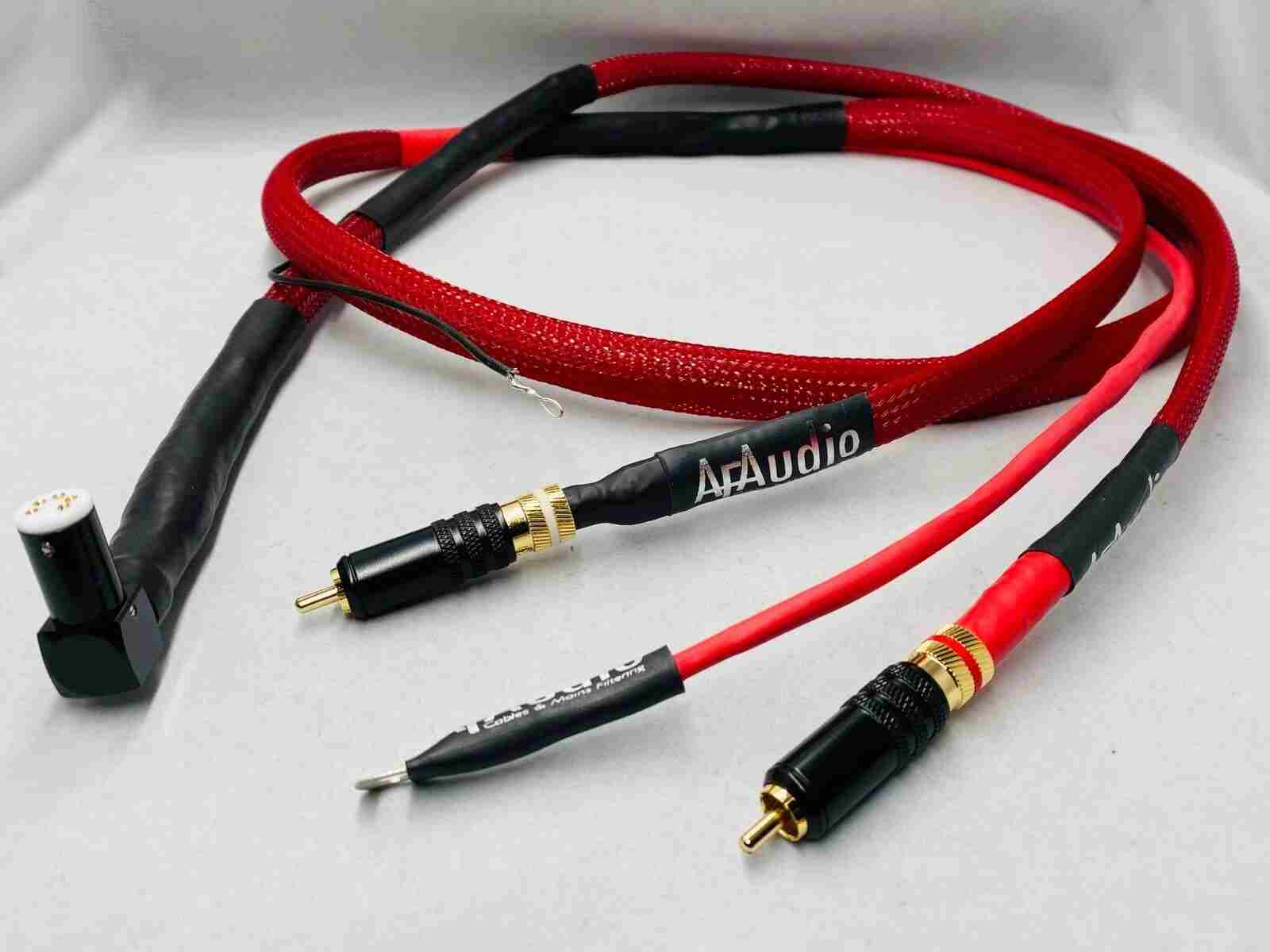


Discover how RCA cables transmit analog audio and video signals, their benefits, limitations, and ongoing role in today’s AV technology.
United Kingdom – June 25, 2025 — While today’s digital audio and video formats dominate entertainment setups, the time-tested RCA cable remains a staple in countless home systems, vintage studios, and legacy devices. Searches like “how does RCA cables word?” reflect a widespread curiosity about how these connectors function and why they’re still relevant despite the rise of HDMI, USB-C, and wireless standards. This 1,000‑word press release dives into the engineering, advantages, limitations, and enduring value of RCA cables, untangling the analog connections that continue to power audio and video across generations.
Introduced in the 1940s by the Radio Corporation of America (RCA), the original purpose of these connectors was to connect phonographs to radios. Their user-friendly one‑piece plug design quickly made them an industry standard. By the 1960s and ’70s, RCA cables had become ubiquitous in home audio and video systems, linking turntables, tape decks, VCRs, and early video game consoles.
Over time, configurations expanded to support:
Stereo audio (red and white connectors)
Composite video (yellow connector)
Component video (red, green, and blue connectors)
Even as digital formats emerged, RCA persisted due to its simplicity and mass compatibility.
At their core, RCA cables transmit analog signals using a center conductor (signal) surrounded by a ground/shield conductor. Each connector is color‑coded for clarity:
Red: Right audio channel
White or Black: Left audio channel
Yellow: Composite video signal
The male plug inserts into the female jack, creating a secure electrical connection that transfers audio or video directly. RCA cables operate as single-ended audio systems, relying on the shield to guard against electromagnetic interference. Proper shielding ensures clearer signals, even when the cable runs near power lines or electronic devices.
For analog stereo playback or recording, a set of two RCA cables is plugged into source and destination devices:
Source could be a CD player, turntable, or audio interface
Destination could be stereo speakers, amplifier, or DAC
Analog signals travel through the cable’s conductive center, while the outer jacket prevents noise pickup. This analog path is particularly prized by audiophiles and vinyl enthusiasts for its warm, natural sound, in contrast to some perceptions of clinical digital audio.
Uses a single yellow RCA cable to transmit a combined video signal—luminance and color data—suitable for CRT televisions and older VCRs.
Divides the signal into:
Y (luminance + sync) – green plug
Pb (blue color difference) – blue plug
Pr (red color difference) – red plug
Component video surpassed composite quality, approaching early high definition (HD) standards before HDMI’s arrival.
Wide Availability & Low Cost: Simple, affordable, and nearly universal
Plug-and-Play Simplicity: No setup required
Minimal Latency: Ideal for audio monitoring or live sound
Durability: Robust connectors and straightforward build
Legacy Compatibility: Essential for vintage equipment
Signal Degradation: Vulnerable over long cable runs
Analog Quality Fluctuations: Generates modest hum or hiss with poor shielding
Lower Bandwidth: Inadequate for high-definition audio/video like Dolby Digital or 4K
Single‑Channel Use: Requires multiple cables for stereo or multi-channel setups
These constraints are manageable for most RCA use cases but underscore why digital alternatives like HDMI dominate modern systems.
High-end amplifiers, turntables, and mixers still rely on RCA connectors. Many audiophile-grade systems favour analog input for its tonal richness.
Older TVs, gaming consoles, and DVD players continue to offer RCA jacks, maintaining viability long after newer formats emerged.
DJ mixers, studio preamps, and field recorders often integrate RCA for line-level audio connections.
Devices like RCA-to-USB or RCA-to-HDMI converters allow analog components to interface with modern digital devices, extending their useful life.
Optimal Length: Use cables under 6 feet (2 meters) to preserve signal integrity
Quality Shielding: Choose well-constructed cables with braided shielding and gold-plated connectors
Avoid Interference: Keep RCA cables separate from power cords
Secure Connections: Ensure snug but gentle fit to prevent ground or signal contact issues
| Feature | RCA | HDMI |
|---|---|---|
| Signal Type | Analog | Digital |
| Audio Channels | 2-channel stereo | Up to 32-channel surround |
| Video Resolution | Standard-definition, early HD | Full HD to 8K+ |
| Cable Count | Multiple (audio+video) | Single cable |
| Setup Complexity | Simple analog hook-up | Complex digital HDCP, ARC |
| Compatibility | Vintage/analog gear | Present-day AV devices |
RCA wins for legacy compatibility; HDMI dominates for modern high-resolution performance.
Despite its age, RCA continues to evolve in niche markets:
High-End Vinyl and Audio Collectors still embrace analog signal paths
Field Recorders and Mixers support RCA for backup and monitoring
Modern AV Receivers often include RCA input for legacy connections
DIY Audio Projects leverage RCA for familiarity and simplicity
Converters and Adapters help bridge analog archives with digital platforms
Demand remains steady because RCA cables power diverse audio/video ecosystems ranging from podcasts to professional studios.
The phrasing may be unusual, but the intent is clear—consumers, tech students, and hobbyists want to understand the nuts and bolts of analog connections in a digital world. By exploring how RCA cables deliver signal through conductive wiring and ground shielding, users gain a deeper appreciation for signal fidelity, cable construction, and compatibility issues critical to both vintage and modern AV setups.
In summary, RCA cables work by transferring analog audio and video signals through a grounded single-ended system, offering simplicity, widespread compatibility, and enduring performance. Though they don’t provide the bandwidth of HDMI or USB-C, they excel in legacy systems, pro audio environments, and analog enthusiast applications. RCA remains a vital connector that’s stood the test of time—quietly but faithfully powering audio equipment, televisions, and creative workflows around the world.
AfAudio
AV Connectors Inc.
📞07545 197766
✉️ [email protected]
🌐 https://afaudio.co.uk
